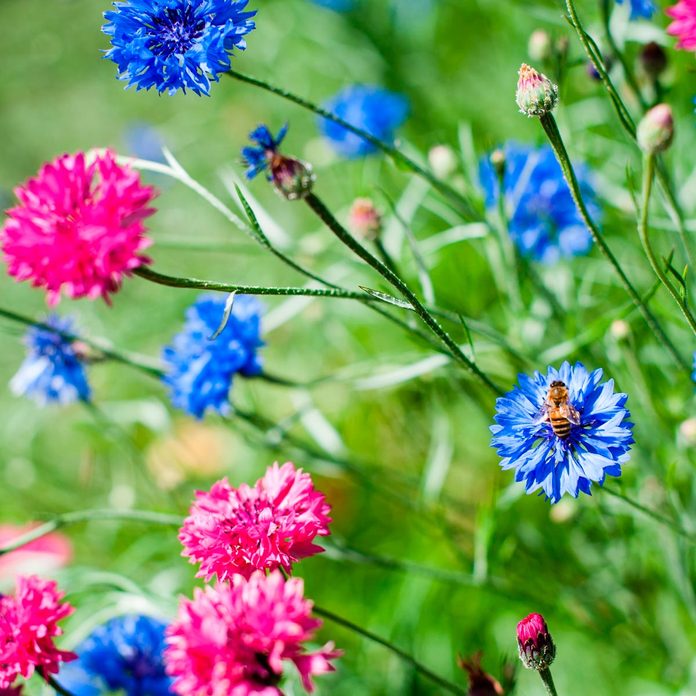
Maximize Your Return
It can be costly to fill a garden with plants, especially perennials. My mentors, the late George “Doc” and Katy Abraham, shared gardening tips on their TV show for 20 years and on their radio show and in their syndicated newspaper column for half a century. They noted you could maximize the return on your investment in a variety of ways. Start with seeds or smaller plants and root your own cuttings. Also, use tough, never-fail “backbone” plants like peony, iris, coneflower and black-eyed Susan as anchor plants, filling in with annuals and smaller perennials later. Self-seeding annuals like larkspur, bachelor’s buttons (shown) and cleome are really good at filling a space on the cheap—and seeding a new crop of flowers year after year. 10 Inexpensive Plants that will Make Your Garden Pop.
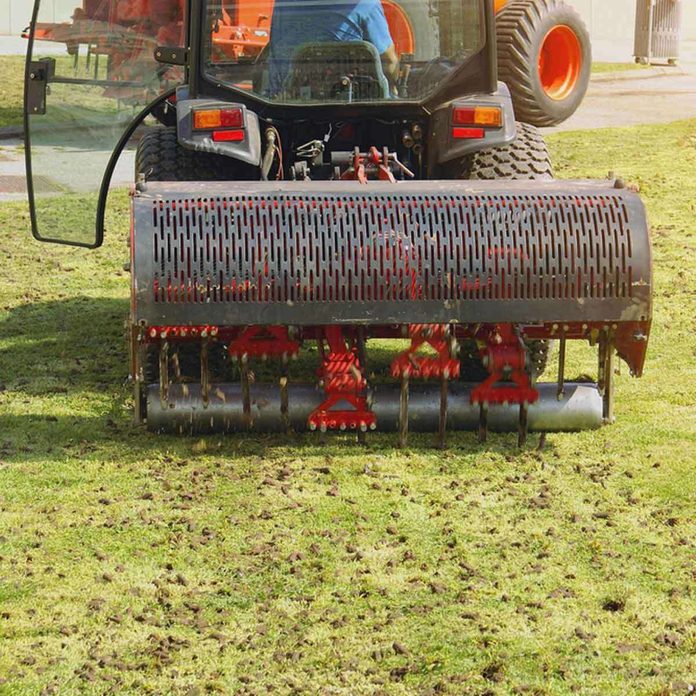
Pool Your Resources
You could spend a small fortune buying tools and gizmos that will get very occasional use. Everyday tools like shovels, rakes, trowels, hoses and a wheelbarrow are invaluable. But bigger equipment like lawn aerators (shown), chippers and pressure washers are seldom needed. It’s better to rent the equipment for the day (you can save money by sharing it with neighbors and getting them to chip in on the rental). You won’t be out big bucks, and you won’t be using up precious storage space.
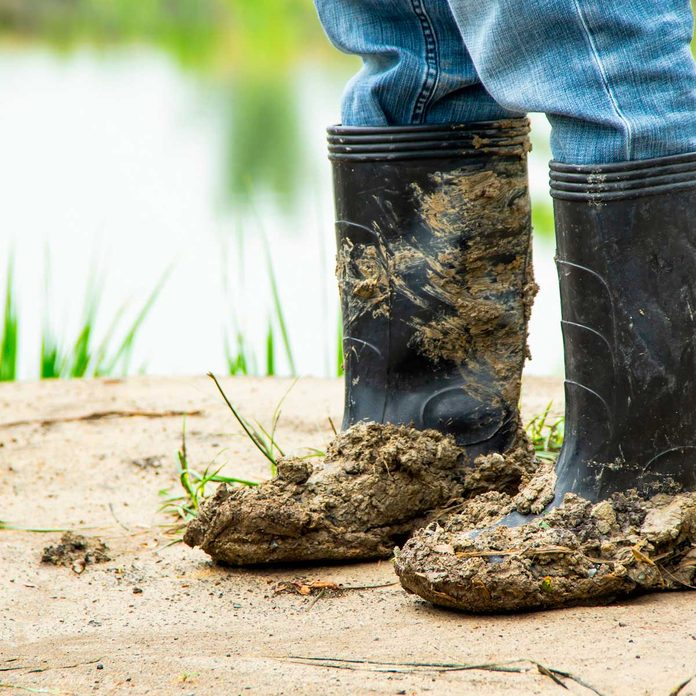
Bide Your Time
No matter how anxious you are to get out in the garden, wait until the conditions are right. Even if the air temperature is warming, the soil may be too cold for seeds to germinate, so there’s no point planting until the soil warms up. Wet soil can also be a problem. You can actually damage the soil’s structure (the way soil particles fit together) if you work wet soil. Poor soil structure impedes root growth and nutrient uptake. How to Prep Soil for a Vegetable Garden.
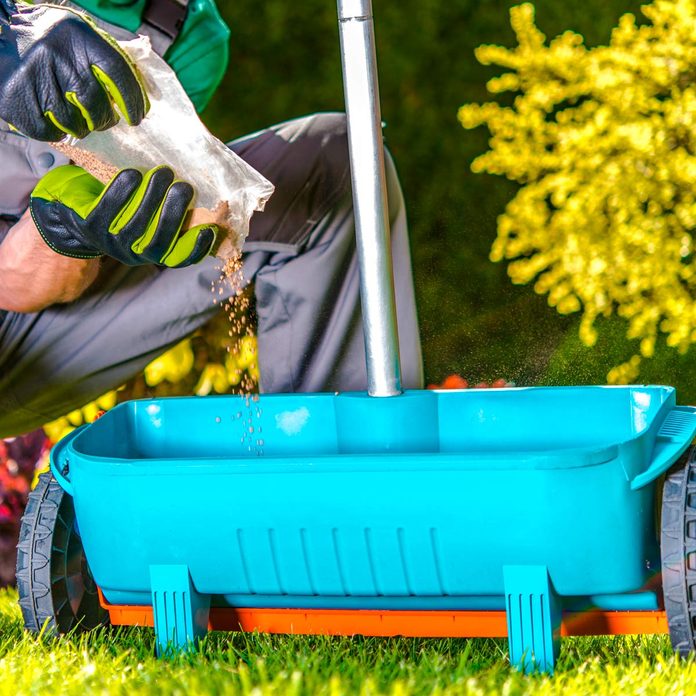
Easy on the Fertilizer
There’s usually no need to fertilize the lawn more than once a year, according to Doc and Katy, and more prevalent rains in fall or early spring will take the nutrients into the root zone. Follow package directions and don’t apply fertilizer (or pesticides or herbicides, for that matter) when it’s windy because the chemicals will blow all over the place. Set the spreader carefully to prevent excess from landing on the pavement and washing into storm drains, contributing to water pollution. Other lawn tips from Doc and Katy: leave grass clippings on the lawn (as long as they’re not too thick) to break down and feed the lawn; and consider including white clover, which not only feeds pollinators but also converts nitrogen from the atmosphere, so it’s available in the soil. Are you a beginner? Be sure to check out this helpful guide: Lawn and Garden Fertilizer 101.
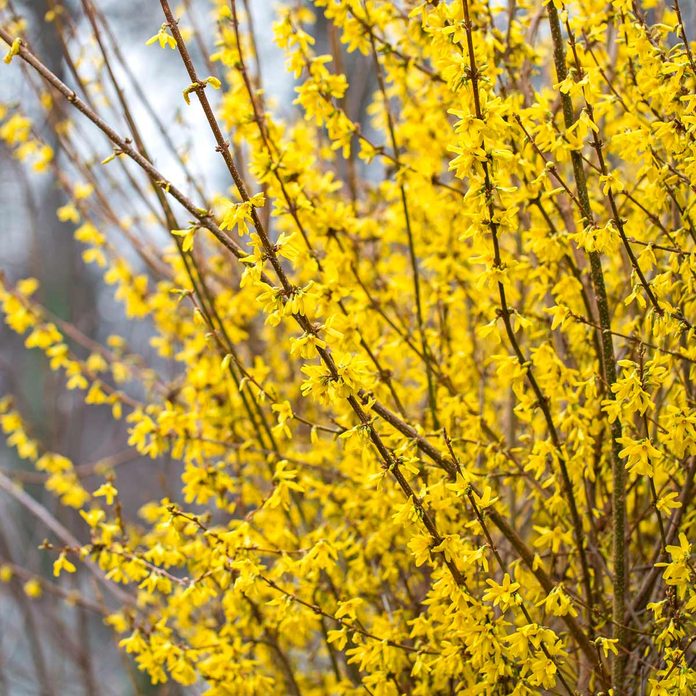
Force the Issue
Forsythia is one of the earliest harbingers of spring (and when they’re blooming, they’re a handy reminder it’s time to clean up the rose bushes). But the lanky, flower-filled branches also make stunning cut-flower arrangements. You can cut them when in bloom, but some people get an early dose of spring by cutting stems in mid-winter and forcing them to bloom early indoors. “Anyone can make these ‘dry sticks’ burst into masses of flowers,” Doc wrote. “Put the twigs in a jar of water and place the jar in a sunny window at room temperature.” Sprays should bloom about 2 to 3 weeks later. In addition to forsythia, other candidates include dogwood, cherry, magnolia, redbud and quince. As long as you’re pruning shrubs, you might as well do it right. Here’s how.
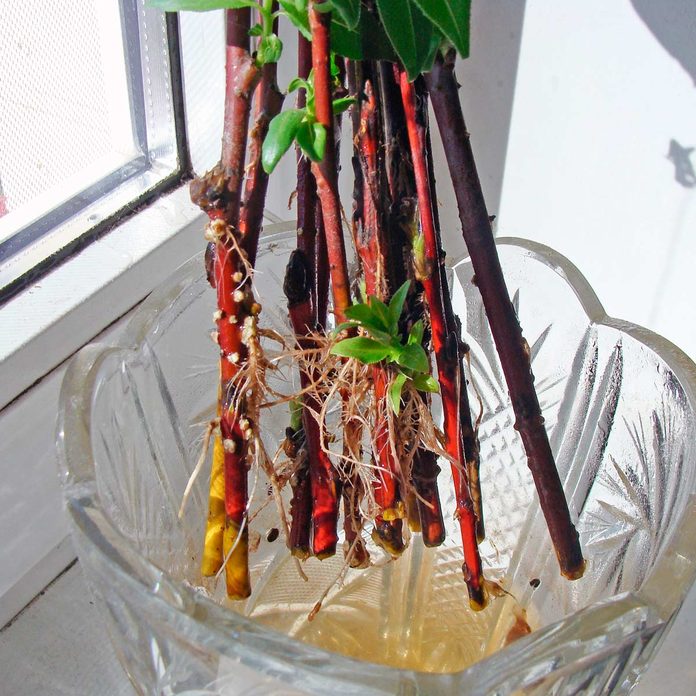
Where There’s a Willow There’s a Way
Growing your own plants can be fun (and a definite money saver). One way is with cuttings—literally rooting new plants from cut stems. Willows are a good plant to experiment with because they root readily—even in water! You can cut pieces about 12 to 18 inches long and either place stems in water or push them 6 inches into the ground. If adequately watered, they will root and become new shrubs or trees. The cuttings of many other woody plants can be rooted with slightly more attention. For those, dip the cut ends in rooting hormone (available at garden centers) and insert in a moist tray of peat moss and vermiculite.
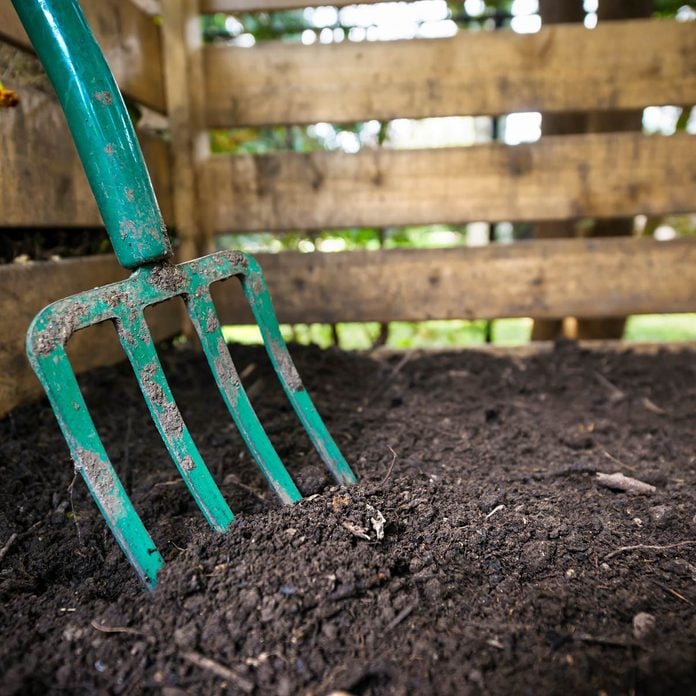
Lay the Foundation for a Garden
Soil is critical to the success of a garden. You can improve it in several ways. One idea is to stockpile leaves and use them to kill off vegetation wherever you plan to plant. If you don’t have any leaves available, you can use pieces of cardboard to smother grass and weeds, then plant through holes punched in the cardboard. A mulch of wood chips will disguise the cardboard and weigh it down. Another way is to amend the soil. “The backbone of any soil is humus,” Doc wrote, noting it’s derived from leaves, lawn clippings, sawdust, evergreen needles, coffee grounds, kitchen scraps and dozens of other materials as they decompose. Adding organic materials to the compost pile—and eventually back into the soil—is “similar to putting money in the bank,” Doc wrote. Learn about kitchen waste you should use in your garden.
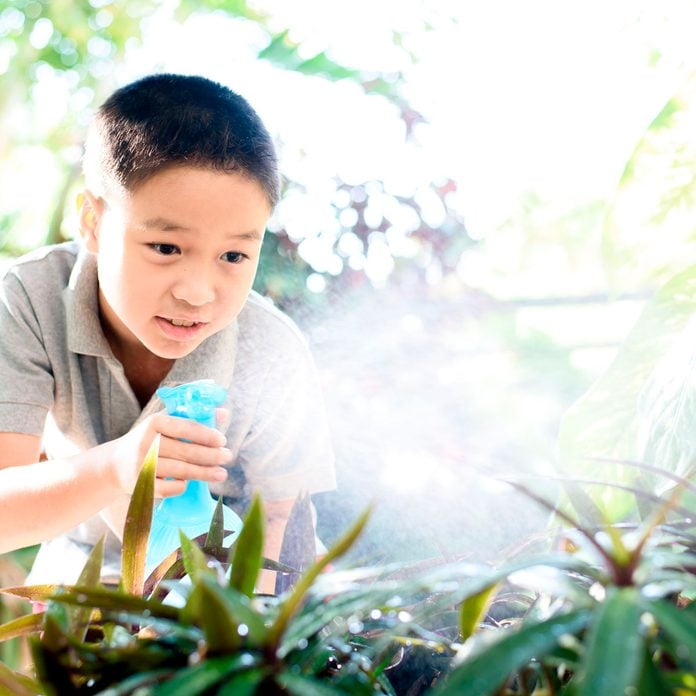
Think Green
If you’re tempted to use a harsh chemical, think again. “You don’t need to kill every bug in your garden,” Doc wrote, noting that many have become resistant to chemicals because of overuse. “Using high-powered chemicals on bugs is like using an elephant gun on a flea.” Instead, try an organic remedy. Here’s one of Doc and Katy’s all-purpose recipes for insects: Mix 1 tsp. liquid dish detergent with 1 pint 70 percent rubbing alcohol and 1 quart water. Spray tops and bottoms of leaves, then repeat in 7 days. “No spray is perfect,” Doc wrote, adding that it’s always a good idea to test remedies on a few inconspicuous leaves, then wait 24 hours to make sure sensitive plants are not injured. Here are 9 natural remedies for pest control.
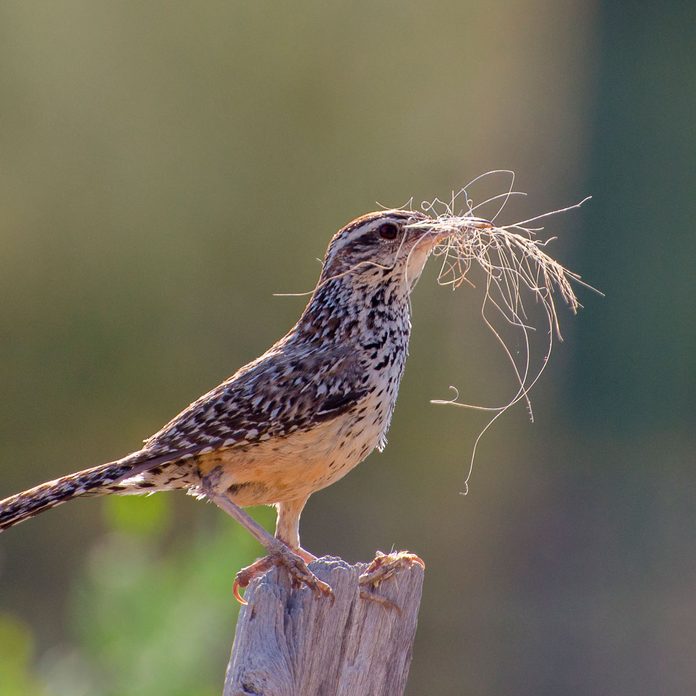
For the Birds
Katy was an avid birdwatcher and Doc couldn’t have been happier about it. He used to say birds are the number one pesticide, which is why it was important to create a wildlife-friendly yard. “You feed them and they’ll gobble all your bugs,” he wrote. Doc recommended providing water, food and shelter. That meant a birdbath or fountain for water, evergreens and birdhouses for shelter, and berries and flower seeds for food. Some of Doc and Katy’s favorite bird-friendly plants: hemlock, white pine, dogwood, blueberry, pin cherry, crabapple, cotoneaster and hawthorn. Leave flowerheads and ornamental grasses in place for the winter (they look nice anyway). And when you cut down ornamental grasses in spring, leave some of the debris to be used for nest building. Here are 13 foolproof tips to attract birds to your yard.

Clean up Your Act
Got some old plastic or clay pots hanging around? Spring is a good time to get them ready for action. Doc and Katy recommended cleaning old plastic pots and cellpacks with soap and water, before soaking in a 10-percent bleach solution to kill pathogens. Clay pots can be soaked in hot water before scrubbing. Or simply use a wire brush to remove the white salt residue that results from fertilizer salts or hard water. Discover 24 genius garden hacks, Including some for containers.
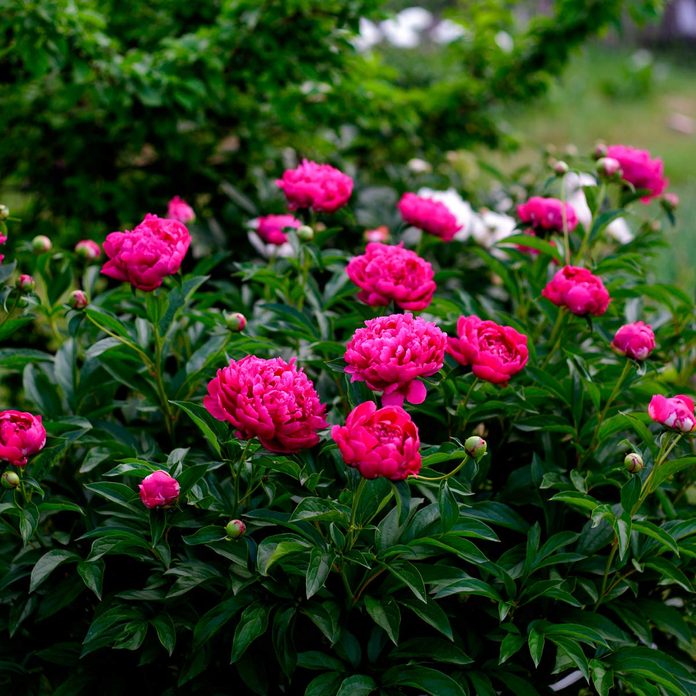
Be Supportive
There’s more than one way to be supportive of plants. One is to literally provide support—and that’s easier to do when plants are small in spring. Doc and Katy recommended putting frames in place early for peonies (shown), delphinium, perennial sunflowers, New England asters and other plants that need support so plants can grow up through the structures. Spring is also the time to repair and paint any structures that will be covered by annual vines later in the season. Another way to support plants is to let them do their thing. Doc and Katy always encouraged their readers and listeners to leave the foliage of bulb plants such as daffodil and tulip in place even after flowering is done so plants could continue to nourish the bulbs. Only remove the foliage after it starts to turn yellow and wither. Learn how to build a lovely copper trellis for your garden.
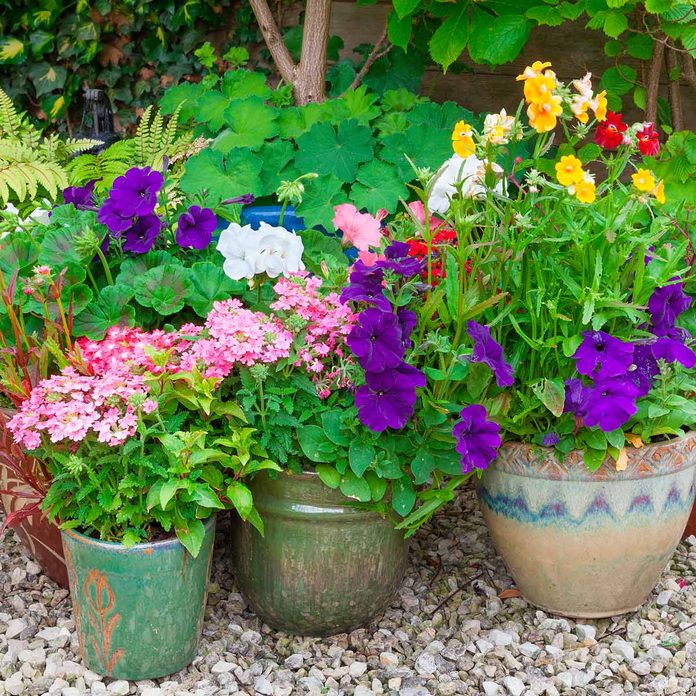
Start a Container Garden
Containers extend the gardening season tremendously. You can start them early and keep them in a bright window until the danger of late spring frosts subsides. Take the containers outdoors and enjoy for the summer, then whisk indoors when fall frosts loom. (An early frost is often followed by weeks of warm fall temperatures, so you’ll likely have even more time to enjoy the containers when you return them outdoors.) Use soilless potting mix in containers, not topsoil, which is too heavy for that use. And here’s a tip from Doc and Katy: Put a layer of old newspapers in the bottom of the pot. “The papers act like a blotter, holding moisture in and keeping roots cool,” Doc wrote. See our recipes for perfect flower containers.